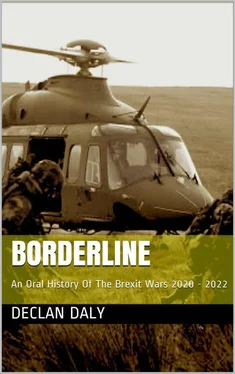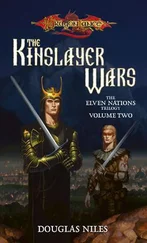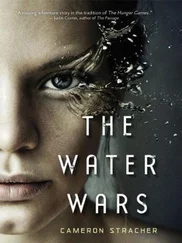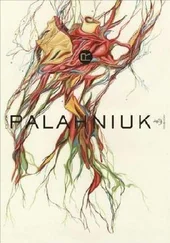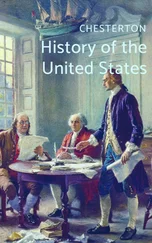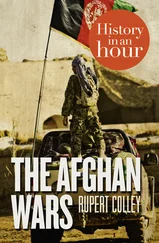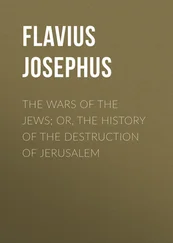In addition of course, we had the massive drive to recruit new blood into the regular Army, the regular Air Corps and the regular Naval Service. This of course is the lifeblood of the Defence Forces as it is the core component. It was from the Permanent Defence Forces that greater than 90% of our overseas commitment still came, the decision having been made early on to maintain our overseas commitment, that there would be no repeat of the withdrawal from Cyprus to fix domestic problems. Overseas was seen by the Govt as one of the essential roles of the Defence Forces, indeed it was the jewel in the crown of the foreign policy of the country in many ways. it must be said that others would talk about foreign direct investment as one of the foreign policy great successes, however, it was during the Black Winter when foreign investors started to ask about security – physical and cyber security, for their companies that we really started to see both the Dept of Foreign Affairs and crucially the Departments Finance and Public Expenditure and Reform really pay attention to properly funding and resourcing the Defence Forces.
I mentioned that the Defence Forces were the jewel in the crown of foreign policy. Well if the Defence Forces are a diamond, recruitment is mining for coal. If you want to turn coal into a diamond you need two things, you need time and pressure. Time is time, you can't change that. Pressure comes from experience be it overseas or domestic and we used the newfound interest of the finance and public expenditure officials to insure that the troops that we already had were financially able to stay in the DF without crippling the future of their families. In that regard we faced many challenges at the start, especially as we intended to grow our numbers as quickly as we could, but we absolutely needed to keep enough of our old school of Non-Commissioned Officers (NCO’s) and Officers in place to teach the new forces we were building. This was critical because the position of the Defence forces was not well matched to the threat posed by the IRA and the other groups that contested the border region at the outset of the Black Winter. We needed to create time for ourselves to polish the diamond, to allow our personnel, our organisation, to grow in experience while also denying that opportunity to the enemy.
The policy that we adopted in taking on this task was that a doctrinaire approach would not work, that simply adhering to the notion that you need ten regular troops to defeat one guerrilla or one terrorist, was not something that we could do from the start. Some have looked at the activities we took on and said that we were throwing things at the wall to see what stuck, that's not true, we looked at the challenges that the IRA were also facing, that the various terrorist groups were facing and sought to create operational problems that they couldn't solve. We sought to throw more scenarios at them in their planning stages than they could deal with and ultimately that worked, at that stage of the fight and with that particular opponent.
What this involved, in the end, was simultaneously running a number of programs – obviously we had the Starforts of the Black Winter, we had the treating the border area as an overseas trip and rotating as many regular troops as we could, while reinforcing and replacing them with the new reserves. We introduced the small unit warfare approach, using the reserve troops for patrolling, patrolling, patrolling. Keeping that constant pressure on and then ultimately we introduced the combined warfare element as well, using naval forces ultimately proved successful not only for patrolling but also in a fire support capacity in the Cooley Peninsula area and also the constant ISR (Intelligence, surveillance and reconnaissance) presence of the Air Corps in addition to other more obvious roles such as fire support and transport, parachuting and logistics etc.
Indeed, some have specifically noted to use of airborne troops and clearing out certain areas such as the Sliabh Bloom mountains as vanity projects, or as justifying expenditure in certain areas. None of that is true. It was all part of a deliberate policy, a deliberate process, of introducing so many different variables that no terrorist group would have the capability to plan and defeat them all simultaneously or to prepare to defeat them all simultaneously. Using the example of the airborne troops, once we had used them initially in the Sliabh Blooms, intelligence did report that assets and personnel were being diverted by the IRA and by everyone else to cover likely drop zones in advance of planning any operation. This in its own way was a success as well,in that it diverted people away from carrying out aggressive action against the State.
That is not to say of course, that any of this was easy or without cost. The ultimate kind of cost.’
I have left Senator Davis’s account about the start of the war intact and unedited as it brings to the fore some of the speaking points that inevitably come up when people ask ‘why?’. Why did the Russians get involved? Why did our neutrality not protect us? Why did the Defence Forces and the Gardai not lock down the border immediately? Why did the PSNI not use their resources to tackle things North of the border and the crucial question in regards to this phase of the war: Even if they were now flush with weapons and money, why did the remains of the Provisional IRA return to violence, when the GFA provided a roadmap to lasting peace and when talk of a border poll on a united Ireland was having to be addressed by multiple political parties in the Republic?
Answers to some of these questions are straight forward, others challenge long believed narratives in modern Irish culture. In short order, as these issues have been covered at length both generally in the press and specifically in academia and other books, the Russians were already involved. Following the Cold War and more specifically the wars in Chechnya and Georgia, the Russians had developed and honed a method of warfare or subversive activity that combined information warfare through social media and state run news agencies, traditional cyber warfare through hacking of personal accounts to develop Kompromat – compromising material used to coerce a person to do their bidding – and moving up through these levels to fostering armed groups of insurrectionists in a target country.
These activities generally proceeded in a manner that was, if not invisible, non-attributable to any state actor and sometimes remained entirely covert. Once the time arose to move out of the shadows, the armed groups would be sometimes joined by unmarked Russian forces and certainly would be accompanied by Russian advisors. This multi spectrum warfare was seen to greatest effect in the seizure of the Crimean Peninsula and the move into the Donbass region of Ukraine. The ground was prepared through information warfare and the military action was presented as a fait accompli . There was no military option available to other nations to undo what had been done. Russian interests were advanced at the cost of another country and that was that.
In talking about how they targeted Northern Ireland, it must be remembered that they were already suspected of having influenced the Brexit campaign, through all the methods mentioned short of use of force. With the Brexit campaign successful from their point of view, they had achieved something worthwhile – they had separated a significant state from the heart of the EU project. They may have hoped that taking out such a main player would have led to the collapse of the EU itself, but the manner in which Brexit played out in public probably put many Euro sceptic parties off the idea as the ramifications became obvious. Nevertheless, it was a victory in and of itself that the UK would leave the EU.
Читать дальше
